A G4 geomagnetic storm has been observed, with a KP of 7.67 as of 2:00 PM Eastern US time. We are only hours from sunset, with the solar storm beginning to hit its peak.
With sunny blue skies overhead in Pennsylvania, after the sun goes down, we are in store for sights that are only seen at this latitude once or twice in decades.
Although this current solar cycle maximum is just getting started and will continue through early 2026, so we will likely have more opportunities in the future.
A KP of 7.67 is predicted this evening, with a maximum KP of 8.00 expected between 11 PM Thursday – 2 AM Friday. But any time after sunset should present a great opportunity to see the northern lights. Below is a map from the University of Alaska – Fairbanks showing the aurora viewability tonight.
The forecast from NOAA’s Space Weather Prediction Center is more conservative with the southern view line, having it near the Southern PA border.
We have zero doubts that camera lens will pick up the aurora borealis tonight, but the big question is if we will be able to see aurora with our eyes. It’s impossible to guarantee that we will, but those in Northern PA, away from light pollution have the best chance.
WHERE WILL AURORA BOREALIS BE VIEWABLE IN PENNSYLVANIA?
Area A: Clear skies, a half moon, no light pollution, and an expected KP of 8.00 will result in unbelievable aurora borealis viewing conditions Thursday night.
Area B: Clear skies, a half moon, low light pollution, and an anticipated KP of 8.00 will result in spectacular aurora viewing conditions Thursday night.
Area C: Clear skies, a half moon, and an expected KP of 8.00 are forecasted Thursday night. Significant light pollution will reduce aurora borealis viewability, so we advise going to a location in Area A or B for better viewing conditions. While cameras may pick up the aurora here, the human eye probably won’t.
It’s actually happening! So don’t forget to share this article with friends and family!

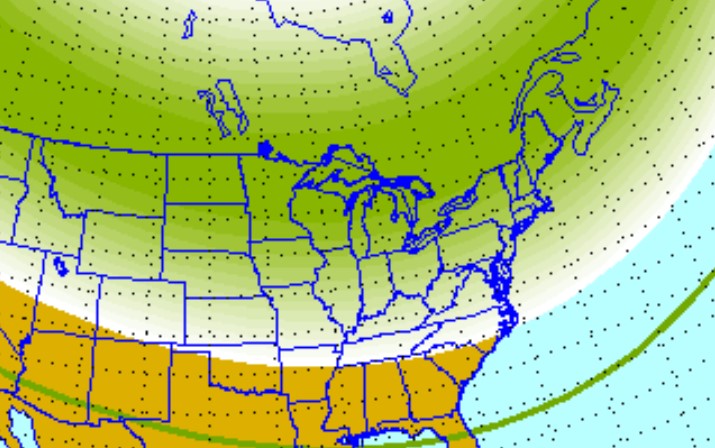
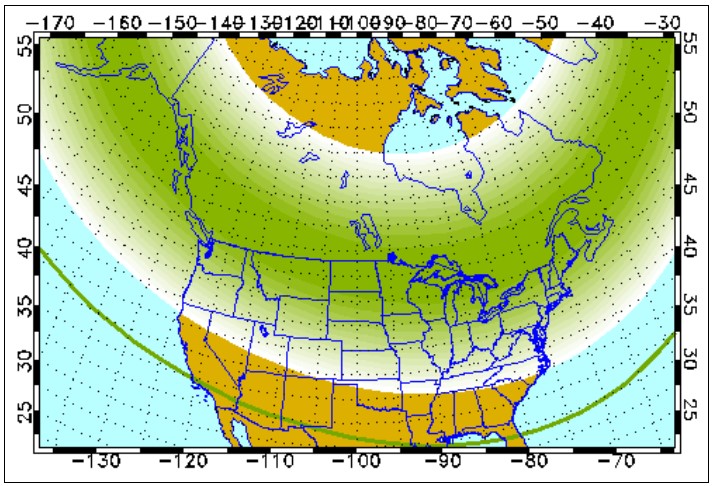
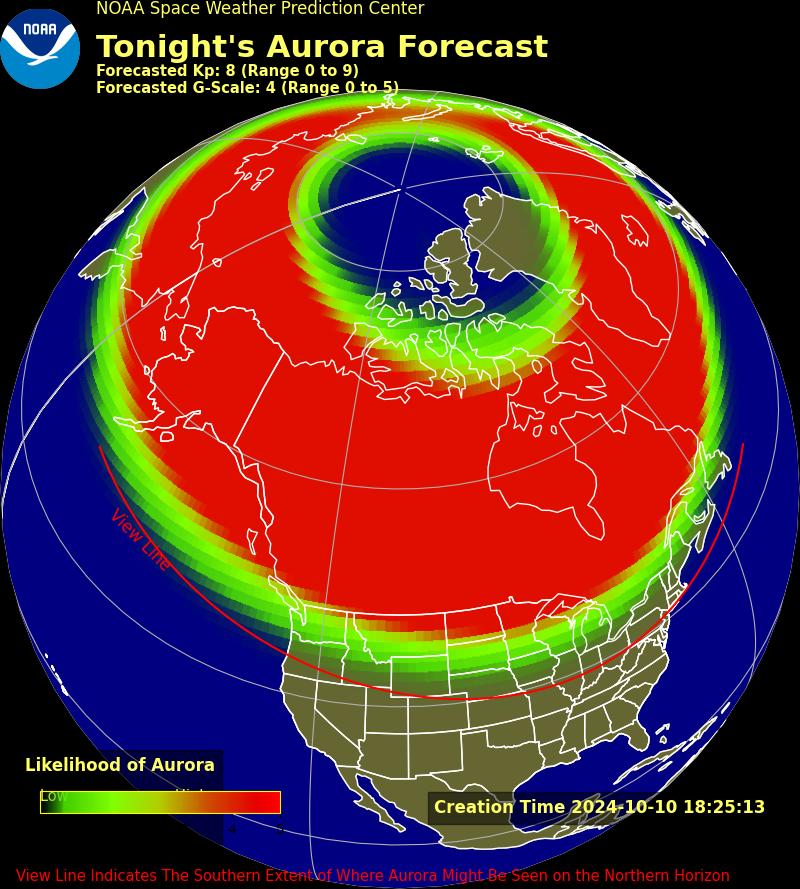
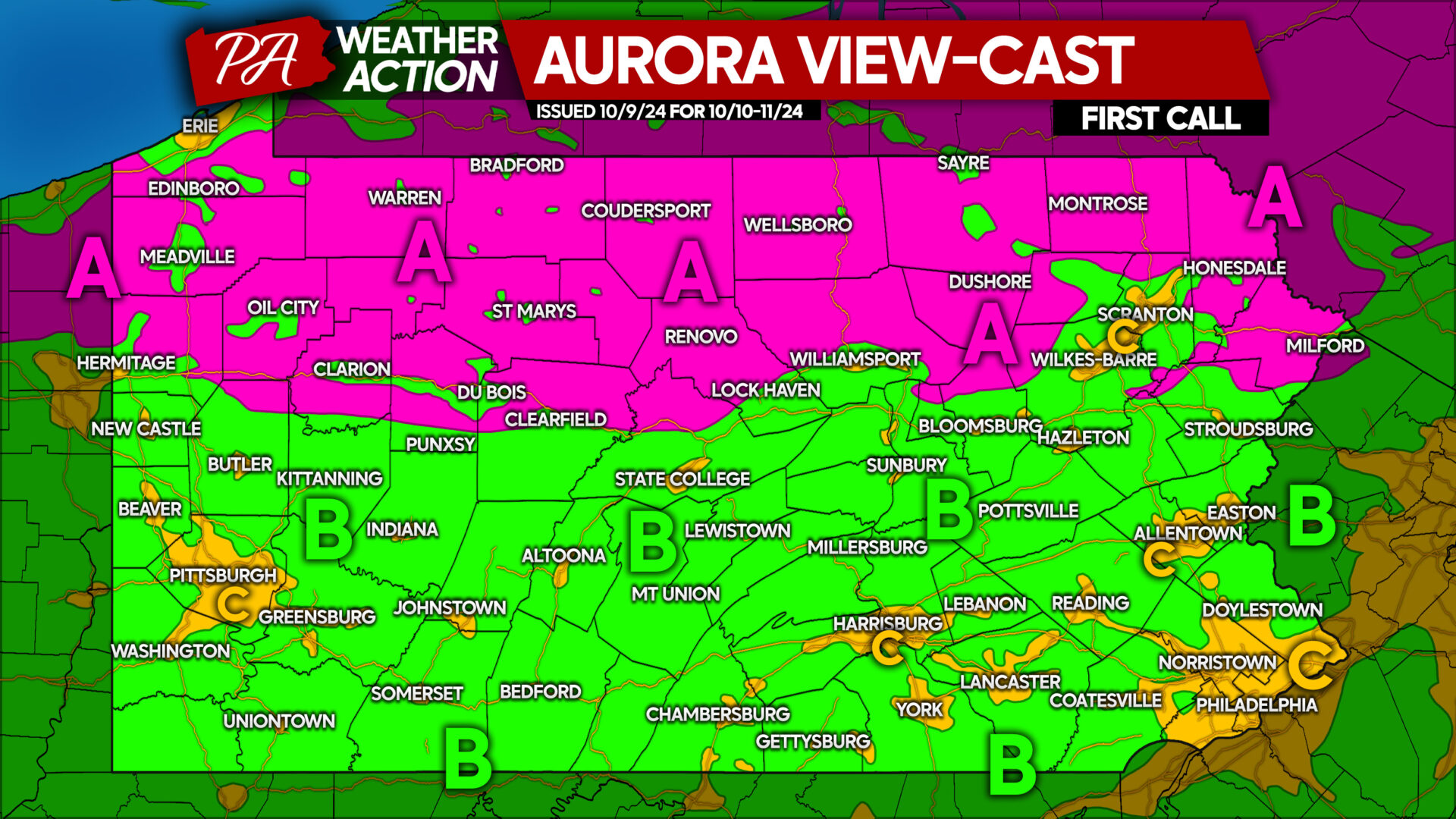
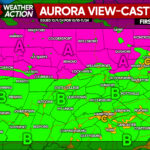
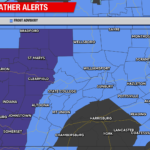
You must be logged in to post a comment.